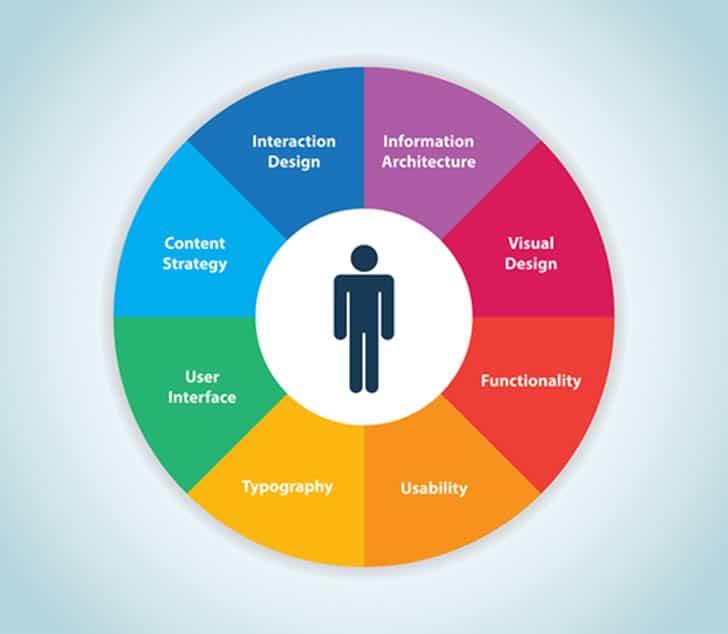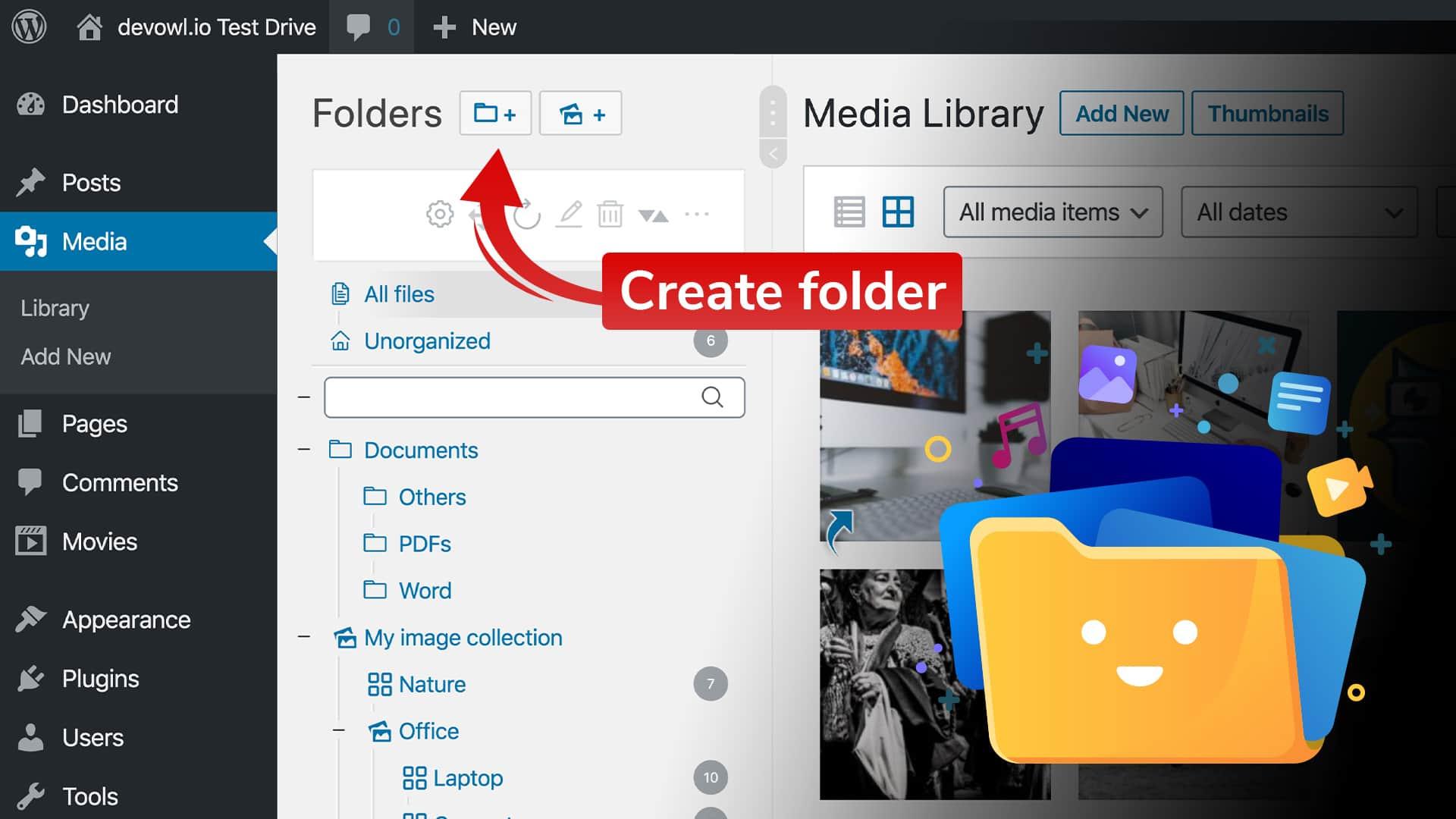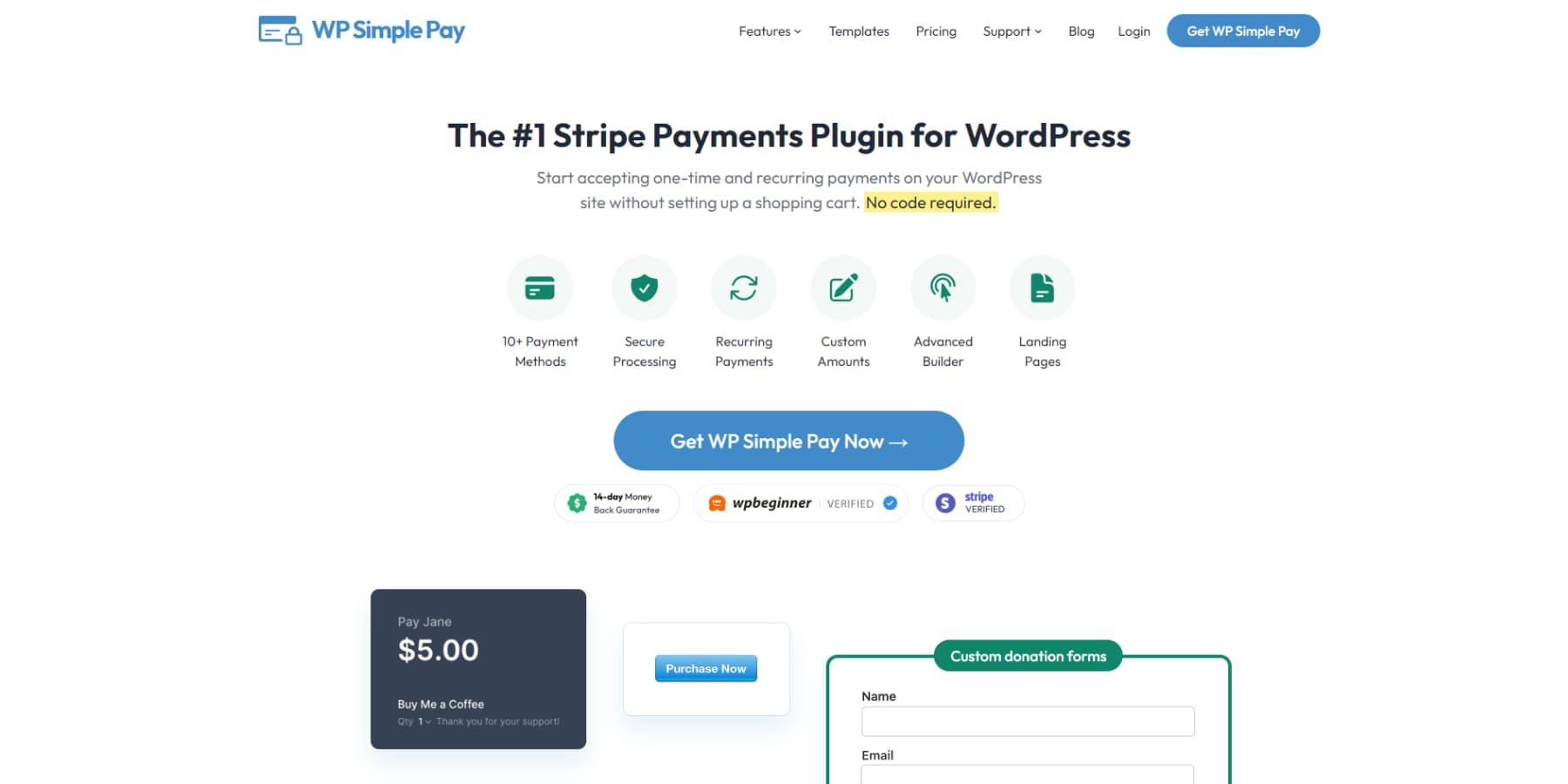Are you a digital entrepreneur looking to expand your reach without the hassle of managing multiple websites? Imagine selling your digital products across various domains—all powered by a single WordPress installation. Sounds too good to be true? Well, it’s not! In this article, we’ll dive into the ins and outs of effortlessly managing multiple online storefronts while saving time and energy. We’ll explore the tools, tips, and tricks that will have you selling like a pro without the headaches of juggling multiple sites.So, grab a cup of coffee, and let’s unlock the secrets to maximizing your digital product sales across different domains—as your business deserves to thrive without the unneeded complexity!
Understanding the Power of a Single WordPress Installation for Multiple Domains
In the world of digital commerce, flexibility is key. By harnessing a single WordPress installation to manage multiple domains, you can streamline operations and reduce costs. This approach not only simplifies the management of your online presence but also enhances the user experience across different websites. When you operate multiple domains from one installation, you create a cohesive brand identity, allowing customers to navigate seamlessly between your different offerings.
One of the most important advantages of this setup is the ability to share resources.Here are a few ways in which a single WordPress installation can maximize efficiency:
- Centralized Updates: Update plugins, themes, and core files from one dashboard, saving time and effort.
- Unified User Management: Manage user roles and permissions across all domains without having to log in and out of different sites.
- Shared Plugins: Use the same set of plugins across multiple domains, ensuring consistent functionality and reducing redundancy.
Furthermore, the power of a single installation lies in its ability to consolidate analytics and performance metrics. Tracking user behavior and sales across domains becomes simpler when you have a centralized view of your data. this means you can make informed decisions based on comprehensive insights rather than fragmented reports from separate installations.
To illustrate the benefits further, consider the following table showcasing potential revenue streams from different domains, all managed under one WordPress roof:
| Domain | Type of Digital Product | Monthly Revenue |
|---|---|---|
| domain1.com | E-books | $1,200 |
| domain2.com | Online Courses | $1,800 |
| domain3.com | Stock Photos | $900 |
By managing multiple revenue streams within a single installation, you can easily track performance and pivot strategies based on what’s working best. As you expand your digital product offerings, the flexibility of WordPress allows you to adapt quickly without the hassle of juggling multiple sites.This streamlined approach not only saves you time but also helps you scale your business effectively.
Choosing the Right Plugins to Streamline Your Digital Product Sales
When it comes to enhancing your digital product sales across multiple domains through a single WordPress installation, the right plugins can make all the difference. The ideal tools not only simplify management but also improve the overall user experience for your customers. Here are some key plugins to consider:
- WooCommerce: A robust e-commerce platform that allows you to sell digital products effortlessly. Its flexibility and extensive features make it a go-to choice.
- Easy Digital Downloads: Tailored specifically for digital goods, this plugin offers a streamlined checkout process and detailed reporting options.
- WP Multisite: This feature of WordPress allows you to manage multiple sites from one dashboard, making it easier to handle various domains without the hassle of separate logins.
- AffiliateWP: If you’re looking to expand your reach, consider incorporating an affiliate program with this plugin to incentivize others to promote your digital products.
- Advanced Custom fields: Customize your product pages entirely, allowing you to add unique attributes that can help differentiate your offerings.
Integrating these plugins can save you time and effort, enabling you to focus on creating high-quality products. Make sure to configure each plugin to suit your specific needs. For example,if you’re using WooCommerce,you can adjust settings to optimize for digital downloads,ensuring that customers recieve products directly after purchase without delays.
Additionally, consider using plugins that enhance SEO and improve site speed. A well-optimized site will attract more visitors and convert them into customers. Essential options include:
- Yoast SEO: Helps optimize your content for search engines, increasing the visibility of your digital products.
- WP Super Cache: Speeds up your site by generating static HTML files, improving user experience and retention.
to illustrate the potential returns on your investment in these tools, consider the following table:
| Plugin | Key Benefit | Estimated ROI |
|---|---|---|
| WooCommerce | Comprehensive sales management | High |
| Easy Digital Downloads | Optimized for digital sales | Medium |
| AffiliateWP | Increased traffic through affiliates | High |
By carefully selecting and integrating these plugins, you can create a seamless and efficient sales process for your digital products. Focus on providing value and convenience for your customers,and watch your sales soar across your multiple domains.
Creating Compelling Product Pages that Convert Across Domains
When it comes to selling digital products, your product pages serve as the frontline of your sales strategy. They need to not only inform but also persuade potential customers to take action. To create pages that convert, focus on the following essential elements:
- Engaging Headlines: Your headline is the frist thing visitors will see. Make it captivating and relevant to your audience’s needs.
- High-Quality Images: Visuals play a critical role in e-commerce. Use clear, high-resolution images to showcase your product from multiple angles.
- Concise Descriptions: Write clear and compelling product descriptions that highlight benefits rather than just features. Use bullet points for easy readability.
- Social Proof: Incorporate testimonials, reviews, or user-generated content. This builds trust and validates your product’s effectiveness.
Additionally,consider incorporating a well-structured layout to enhance user experience.Simplicity is key; avoid clutter and ensure that your call-to-action buttons are easily accessible. Here’s a sample layout:
| Section | description |
|---|---|
| Hero Image | Large, eye-catching image of the product. |
| Product Details | Brief summary with vital features and benefits. |
| Pricing | Clear pricing information with any discounts highlighted. |
| Call to action | Prominent “Buy Now” or “add to Cart” button. |
consider the context of your audience. Tailor your messaging and visuals to resonate with different customer segments across your various domains.This targeted approach will enhance user engagement and ultimately drive conversions.
Incorporating these strategies will not only improve the aesthetics of your product pages but also substantially impact your sales performance. By presenting your digital products in a compelling way, you can effectively convert visitors into loyal customers across multiple domains.

Managing Customer Data and Sales Analytics in One Place
Managing customer data and sales analytics in a single platform is essential for sellers of digital products, especially when operating across multiple domains.With a single WordPress installation, you can streamline your customer management process and gain valuable insights into your sales performance. This unified approach not only saves time but also enhances your ability to make informed decisions based on comprehensive data.
To efficiently manage customer data, consider integrating a Customer Relationship Management (CRM) plugin that seamlessly links with your wordpress site. This will allow you to:
- Centralize Customer Information: Gather all data in one place, making it easy to access and update.
- Track customer Interactions: Monitor communications and engagement levels to improve service and marketing strategies.
- Segment Audiences: Categorize customers based on behavior, preferences, and demographics to tailor your messaging.
In tandem with customer data management, leveraging sales analytics tools can dramatically improve your marketing strategies. By using advanced analytics plugins, you can:
- Analyze Sales Trends: Identify which products are performing well and which are not, allowing for timely adjustments.
- Generate Reports: Create custom reports that illustrate key metrics like conversion rates, average order value, and customer lifetime value.
- Visualize Data: Use graphs and charts to present data in an easily digestible format, making it simpler to share insights with your team.
Here’s a simple comparison table of popular plugins to help you choose the best CRM and analytics tools for your needs:
| Plugin | Features | Pricing |
|---|---|---|
| HubSpot CRM | User-friendly interface,email tracking,lead management | Free with premium options |
| MonsterInsights | Google Analytics integration,easy setup,eCommerce tracking | Starting at $199/year |
| WP Simple Sales Tax | Easy tax management,reporting,and compliance | One-time fee of $49 |
By effectively managing customer data and utilizing robust sales analytics,you’ll position your digital products for success across multiple domains. The combination of a powerful WordPress installation with the right tools not only enhances efficiency but also drives strategic sales growth.

Optimizing SEO for Multiple Domains without the Hassle
Managing SEO across multiple domains can feel overwhelming, but it doesn’t have to be. With a single WordPress installation, you can streamline your SEO efforts and ensure that each domain is optimized for search engines without the typical headaches.
First, consider using a plugin designed for multi-domain management. These tools enable you to control SEO settings across all your domains from one central location. Look for features that allow you to:
- Set canonical URLs to avoid duplicate content penalties.
- Customize meta tags for each domain,ensuring relevant keywords are targeted.
- Manage sitemaps easily to help search engines index your domains efficiently.
Another effective strategy is to create a content strategy that differentiates each domain’s offerings. Tailor your blog posts, landing pages, and product descriptions to cater to the specific audience of each domain. This not only enhances user experience but also improves your SEO rankings.
Don’t forget to analyze your performance regularly. Use tools like Google Analytics and Search Console to monitor traffic and engagement on all domains. By understanding which domains perform best, you can adjust your SEO strategies accordingly. Here’s a simple table to illustrate key metrics you should track:
| Domain | traffic | Conversion Rate | SEO Score |
|---|---|---|---|
| domain1.com | 1,200 | 2.5% | 85 |
| domain2.com | 800 | 3.1% | 90 |
| domain3.com | 500 | 1.8% | 78 |
Lastly,focus on building quality backlinks for each domain. Engaging with related websites and blogs can greatly enhance your visibility and authority. A well-planned outreach strategy can help you secure valuable backlinks that will benefit your SEO efforts across all domains.

Enhancing User Experience: Tips for Seamless Navigation
When selling digital products across multiple domains with a single WordPress installation, seamless navigation is crucial for retaining customers and improving sales. Here are some effective strategies to ensure that your users enjoy a smooth and intuitive browsing experience:
- Consistent Branding: Maintain a cohesive look and feel across all domains. Use the same colour palette,typography,and logo adjustments to create a unified brand identity. This makes transitioning between domains feel natural for users.
- Clear Navigation Menus: Structure your menus logically. Group related products and categorize them in a way that is easily understandable. A well-organized menu can drastically reduce user frustration.
- Search Functionality: Implement a robust search feature that allows users to quickly find specific products. Consider enhancing this with filtering options, making it easier for them to navigate through different product types.
Additionally, consider implementing a few technical enhancements to improve the user journey:
- Responsive Design: Optimize your site for all devices.A responsive design ensures that users have a great experience whether they’re browsing on mobile,tablet,or desktop.
- Fast Load Times: Utilize caching and optimize images to ensure that your pages load quickly. Users are less likely to stay on a site that takes too long to display content.
- Clear Calls to Action: Make sure your calls to action (CTAs) are prominent and straightforward. Use contrasting colors and concise text that clearly communicates what action you want users to take.
| Feature | Benefit |
|---|---|
| Consistent Branding | Builds trust and recognition. |
| Clear Navigation Menus | Enhances user understanding and accessibility. |
| Robust Search Functionality | Increases product discoverability. |
| Responsive Design | improves user experience across devices. |
Implementing these tips can significantly contribute to enhancing user satisfaction and boosting conversions. A seamless navigation experience encourages users to explore your digital products further, leading to higher sales and loyal customers.

Troubleshooting Common Issues when Selling on Multiple Domains
When selling digital products across multiple domains with a single WordPress installation, various challenges may arise. Addressing these issues promptly can help ensure a seamless experience for both you and your customers. Here are some common problems and their solutions:
- domain Mapping Conflicts: Ensure that your domains are correctly mapped to your WordPress installation. Use plugins like WordPress MU Domain mapping to manage this effectively. Double-check the settings to make sure each domain directs traffic to the appropriate site.
- Inconsistent User Experience: To maintain brand consistency, ensure that your themes and plugins are uniformly applied across all domains.Regularly test each site to verify that they deliver the same look and feel.Utilizing a child theme can also help in maintaining customization without affecting the main theme.
- Payment Gateway Issues: When using different domains, payment gateways may not recognize transactions properly.Verify that your payment processor settings are configured to handle multiple domains and that SSL certificates are in place to secure transactions. It’s also prudent to conduct test transactions to catch any discrepancies early.
Another area to consider is search engine optimization (SEO). Each domain should have its own SEO strategy in place to prevent competition between your sites. Use the following tips to optimize your multiple domains:
| SEO Tips | Description |
|---|---|
| Unique Content | Ensure each domain features unique content to avoid duplicate content penalties. |
| Targeted Keywords | Research and apply keywords relevant to each domain’s niche. |
| Backlinking | Build backlinks specific to each domain to improve domain authority. |
Lastly, monitor your analytics closely. Using tools like Google Analytics can help you track performance across all domains. pay attention to:
- Traffic Sources: Identify which domains are performing well and which need attention.
- Conversion Rates: Analyze the conversion rates for each domain to optimize sales strategies.
- user Behavior: understand how users interact with your different sites to refine their experience.
By proactively addressing these common issues,you can streamline your operations and enhance your digital product sales across multiple domains. Consistency in branding, thorough testing, and diligent monitoring will empower your success.

Scaling Your Digital Product Business: What’s Next?
As you look to scale your digital product business, leveraging multiple domains from a single WordPress installation can be a game changer. By adopting a multi-site setup, you can efficiently manage different brands or product lines while keeping your workflow streamlined. This approach not only saves time but also reduces the overhead costs associated with maintaining separate websites.
Here are some key benefits of using a single WordPress installation for multiple domains:
- Simplified Management: Manage all your domains from one dashboard, allowing for easy updates and maintainance.
- Cost-Effective: Save on hosting and plugin costs by consolidating your sites into one installation.
- Consistent Branding: Maintain a cohesive brand image across different domains while customizing each site to fit its audience.
- Shared Resources: Utilize themes and plugins across sites without the hassle of installing them multiple times.
To get started, you’ll want to ensure your WordPress installation is set up for a multi-site configuration. This involves:
- Modifying your
wp-config.php file to enable multi-site functionality. - Choosing between subdomains (e.g., site1.yourdomain.com) or subdirectories (e.g.,yourdomain.com/site1) for your setup.
- Installing and configuring necessary plugins that support multi-site features, such as domain mapping plugins for better SEO management.
| Domain Type | Best For | Advantages |
|---|---|---|
| Subdomain | Brand Diversification | Easier separation of brand identities |
| Subdirectory | SEO Strength | Boosts overall domain authority |
Once your multi-site network is set up, focus on optimizing each domain for its target audience. Tailored content, localized SEO strategies, and distinct marketing campaigns can significantly enhance user engagement and conversions. Remember, the key to success in managing multiple domains lies in understanding the unique needs of each customer segment you’re addressing.
Scaling your digital product business is not just about expanding your offerings; it’s about smart, strategic management of your assets. By effectively utilizing a single WordPress installation to handle multiple domains, you position yourself for enduring growth in an increasingly competitive market.
frequently Asked Questions (FAQ)
Q&A: How to Sell Digital Products on Multiple domains with a Single WordPress Installation
Q1: Is it really possible to sell digital products on multiple domains using just one WordPress installation?
A1: Absolutely! With the right setup, you can efficiently manage multiple domains without the hassle of juggling multiple wordpress installations.This approach not only saves you time but also streamlines your administrative tasks. Imagine having all your products in one dashboard—easy, right?
Q2: How do I get started with this setup?
A2: First, you’ll need to ensure you have a solid Web Hosting plan that supports WordPress Multisite. Once that’s in place, you can install WordPress and enable the Multisite feature. This allows you to create a network of sites—each with its own domain—while maintaining a single core installation.Q3: What tools or plugins do I need to effectively manage this system?
A3: One of the best tools you can use is the WooCommerce plugin, which is perfect for selling digital products. Additionally, consider using a plugin like “WP Multisite Domain Mapping.” This allows each site in your network to point to its own domain while keeping everything centralized. Super convenient,right?
Q4: Can I customize each domain’s look and feel,or will they all look the same?
A4: Great question! One of the perks of using WordPress Multisite is the ability to customize each domain.you can choose different themes, layouts, and branding for each site, allowing you to tailor the look and feel to match your target audiences.It’s like having multiple storefronts, each uniquely designed!
Q5: Are there any limitations I should be aware of?
A5: While the benefits are many, there are a few things to keep in mind. As an example, not all plugins are compatible with Multisite, so you may need to do some research to ensure everything you want to use works seamlessly. Additionally, managing multiple domains means you’ll need to stay organized—keeping track of sales and customer support across different sites is vital for success.Q6: What about payment processing? Can I use the same payment gateway for all my domains?
A6: Yes! WooCommerce supports various payment gateways, allowing you to use the same gateway across all your domains. This means you can manage transactions from one central location, making your life a lot easier. Plus,you can tailor specific payment options based on different audiences if needed!
Q7: Is it cost-effective to manage multiple domains this way?
A7: Definately! Rather of paying for multiple hosting accounts,SSL certificates,and maintenance for several websites,you’ll only handle one installation. This not only saves you money but also reduces the time and effort needed for updates and backups. It’s a smart investment for anyone serious about scaling their digital products!
Q8: What are the benefits of selling digital products across multiple domains?
A8: Selling across multiple domains allows you to target different niches or markets more effectively. You can create tailored marketing strategies and SEO efforts for each domain, maximizing your reach and sales potential. Plus, you can experiment with different product offerings without diluting your main brand. It’s a fantastic way to diversify your income!
Q9: Any final tips for someone looking to implement this strategy?
A9: Start small! Set up your first domain and get cozy with the Multisite functionality. Make sure your products are well-categorized and your sites are user-friendly. Don’t hesitate to experiment with different marketing strategies and gather feedback from your customers. Above all, stay organized and keep track of your analytics to see what works best.You’ve got this!
Conclusion: Selling digital products across multiple domains through a single WordPress installation is a game-changer for any online entrepreneur. With the right setup and mindset, you can maximize your reach and streamline your operations. So why wait? Dive in and start your journey today!
In Conclusion
selling digital products across multiple domains with a single WordPress installation isn’t just a possibility—it’s a game-changer. By streamlining your operations, you can focus more on what truly matters: creating valuable products and connecting with your audience. Imagine the time and effort you’ll save while maximizing your reach and profitability!
So, if you’re ready to take your digital sales to the next level, why not start implementing the strategies we discussed today? with a little planning and the right tools, you’ll be well on your way to expanding your online presence without the hassle of managing multiple sites.
Remember, the digital landscape is vast, and the opportunities are endless. Don’t let the fear of complexity hold you back.Embrace the power of a single WordPress installation and watch your digital empire grow! If you have any questions or need further guidance as you embark on this exciting journey,feel free to reach out.Here’s to your success in selling digital products across multiple domains! Happy selling!




